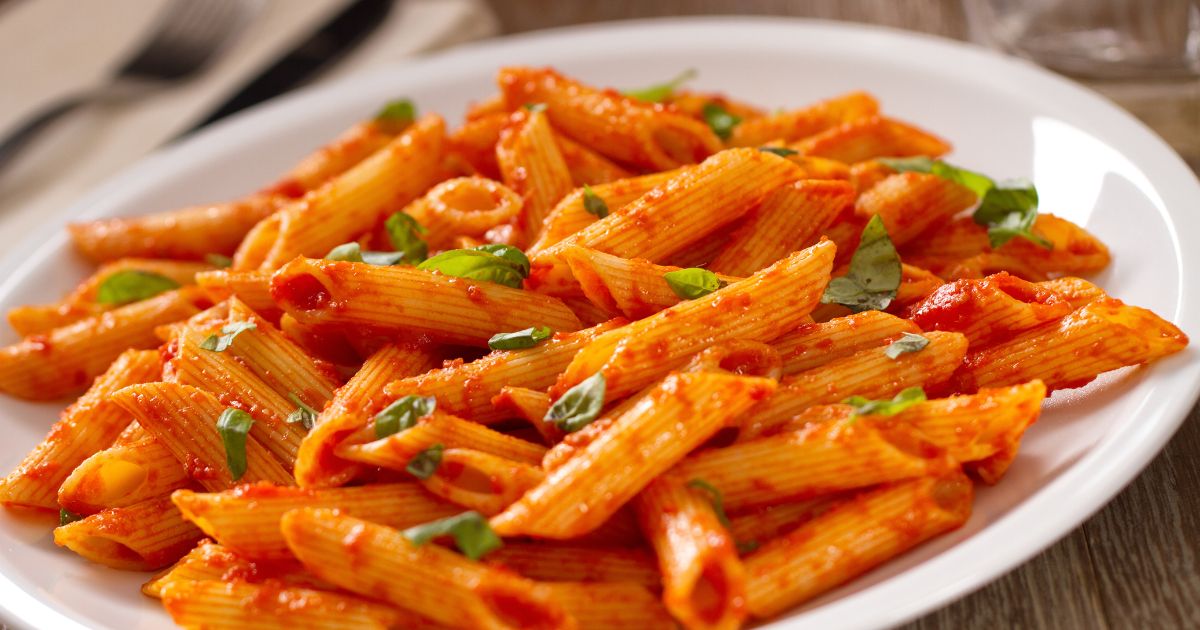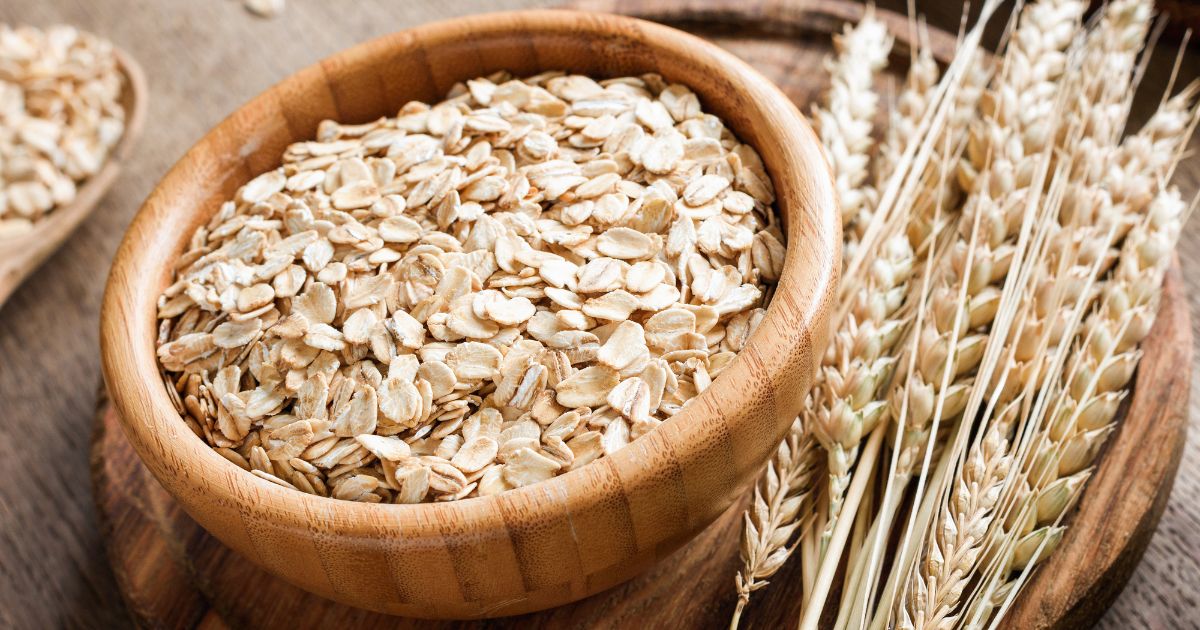The dining scene in Japanese restaurant is influenced by seafood. We’ve come up with a list of restaurants so you can try something other than the city’s renowned Japanese cuisine. Japanese cuisine is one of the most prominent in the community for an excellent purpose.
Five Ground Rules
The “rules of five” govern traditional Japanese cooking, which emphasises variety and balance. This is accomplished by integrating five different colours (black, white, red, yellow, and green), five different food preparation techniques (raw food, grilling, steaming, boiling, and frying), and five different tastes (sweet, spicy, salty, sour, and bitter).
Delicious Japanese Cuisines
With its presentation of nicely adorned food including the use of fresh, strong seasonal ingredients, it’s no wonder that Japan’s cuisine is so delightful and greatly valued by people from around the world. Those are plenty of the best traditional Japanese dishes to try if you want to discover further about Japanese cuisine.
Sushi
Sushi is unquestionably probably one of the best Japanese dishes. Sushi is a traditional Japanese dish that evolved from the procedure of preserving fish in cooked rice. It’s now made with vinegared rice and fresh fish and represented in a wide range of styles and shapes.
Tempura
Tempura is a beaten up and fried fish, seafood, or vegetable dish. To make sure that every bite is exquisitely fried perfection, special attention has been paid to the way the ingredients are cut, and also the temperature of the mixture (ice cold) and oil (very hot) for deep-frying. In Japanese restaurants, tempura is devoured with a marinade and coated in flavoured salt.
Yakitori
Yakitori is a dish made up of bite-sized pieces of chicken grilled on a stick. It avoids wastages by using every part of the chicken, along with the heart, liver, as well as chicken comb, which is an important element of Japanese traditional cuisine. Yakitori, unlike many other Japanese Culture foods, has only been devoured.
Tofu
Tofu is made from curdled soy milk that has been similarly pressed into blocks to how cheese is made. It is a staple of Japanese cuisine and is high in protein. Tofu is an integral ingredient of vegetarian Japanese cuisine. On its own, fresh tofu has a delicate flavour. It’s a highly customizable food that works well in both sweet and savoury.
Sashimi
Sashimi dishes are available in a wide range of Japanese restaurants. They are also a familiar part of traditional course meal options, but also in traditional set meals. Raw and cooked slices are commonly presented with shiso leaves as a topping. In some restaurants, the remaining portion of the fish is served for decorative purposes alongside the sashimi.
Kaiseki
Kaiseki is the greatest achievement of Japanese fine dining, consisting of a flavorful course of small, seasonally themed dishes designed with great accuracy and a strong work ethic. Kaiseki adapted from the conventional tea ceremony, in which small crumbs of food were actually served the bitter green tea, and these choices adapted into multi-course great dining dishes over time.
Ramen
Ramen is an excellent choice for travellers because it is inexpensive and widely available. Ramen can be found in restaurants in almost every corner of the state, serving a variety of considerable variations on this widely known noodle dish.
Miso Soup
Miso soup may have seemed to be a good recipe, but it is a Japanese Traditional dish served with any regular meal. The soup is cooked with dashi stock – whether fish or kelp stock – and miso bean paste to bring a flavorful element to any dish. Seasonal ingredients like tofu and sliced green onions, along with fish, clams, and pork, can be used.
Tsukemono
Tsukemono is decided to make from vegetables and fruits such as Japanese radish (daikon), cucumber, eggplant, carrot, cabbage, water lily root, ginger, shallots, and plums (ume). Seaweed as well as other seafood are often added to pickle mixes to add flavour and diversity. Pickling methods are frequently used to improve and maintain the taste and texture of seafood and meat dishes.
Traditional sweets
Traditional Japanese sweets are usually accompanied by a cup of green tea. They are available in a variety of flavours and textures, along with ingredients and preparation techniques. Some are popular across the year, while some are only obtainable in certain areas or seasons.
Final Thoughts
Japanese cuisine offers a plethora of mouthwatering delights with its unlimited variety of diverse and seasonal delicacies. Many restaurants offer expertise in a unique piece of the dish, although others offer a wide range of choices. We hope you enjoyed this template on traditional Japanese restaurants! If you want to learn more about this, please read that article, which encompasses a broad range of cuisines so that you can knowledgeably go to your nearby restaurant or special meal out!




